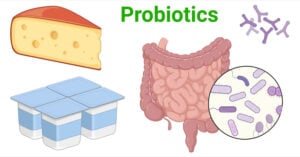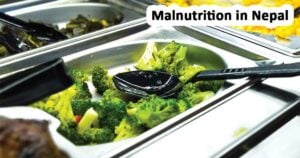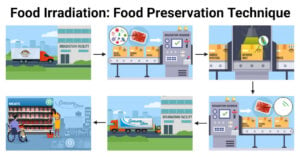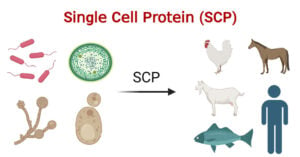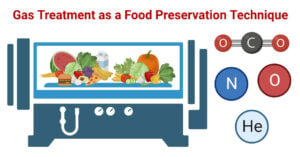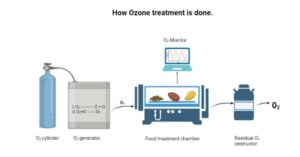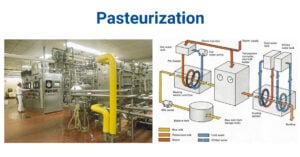Probiotics: Properties, Sources, Mechanisms, Types, Uses
Probiotics are live microorganisms (bacteria and yeasts) present in foods, such as yogurt and sauerkraut, and supplements, which are innocuous (not harmful) to our human health and host. History of … Read more

